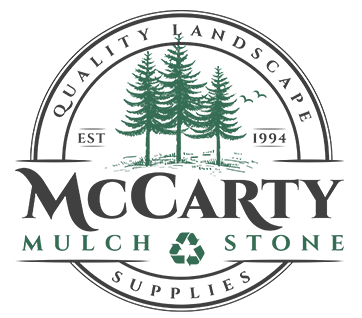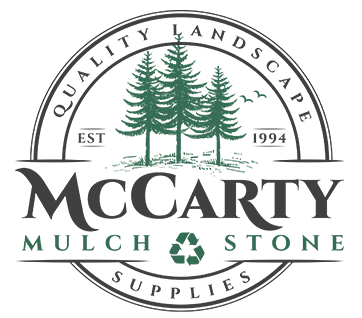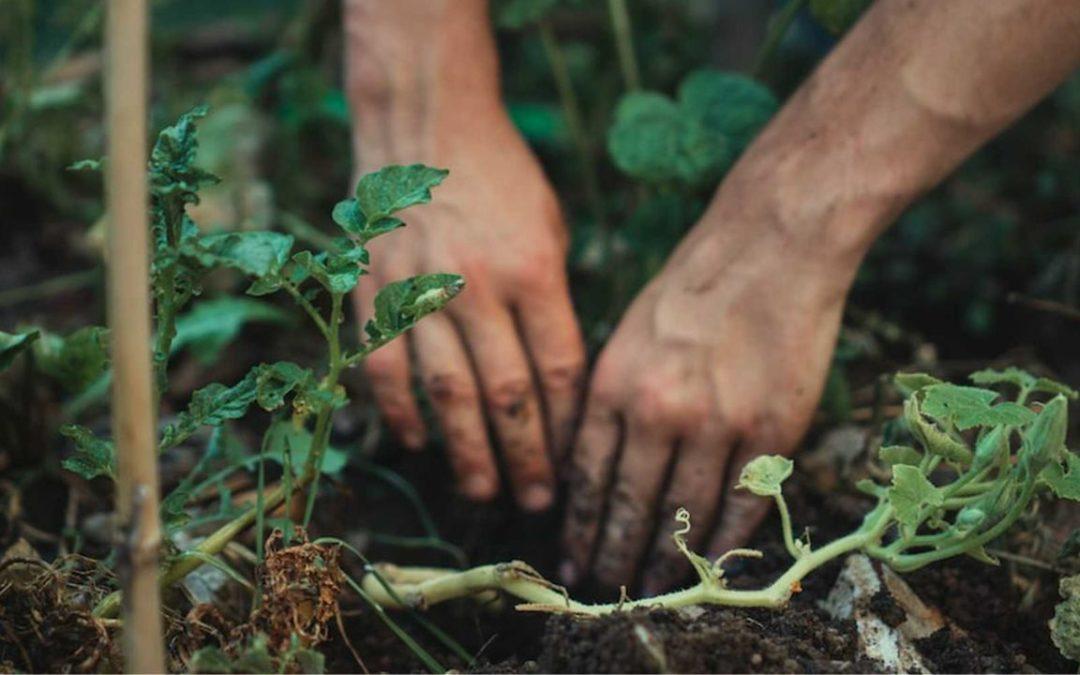What Should You Plant in the Late Fall in Indiana
Fall in the midwest has arrived, and with it, cold weather. This often means the end of the planting season for many homeowners and gardeners. And for good reason. No one wants to spend money on seeds or saplings and invest hours into planting, only to watch as their new plants wither as soon as the temperature begins to drop.
However, there are several plants you can add to your garden or landscape beds during the mid to late fall weeks in Indiana. Success is just a matter of choosing the right plants and taking the right steps to prepare for winter.
If you want to do some planting in late fall, let us provide you with the guidance you need to yield the best possible results.
Fall Landscaping in Indiana
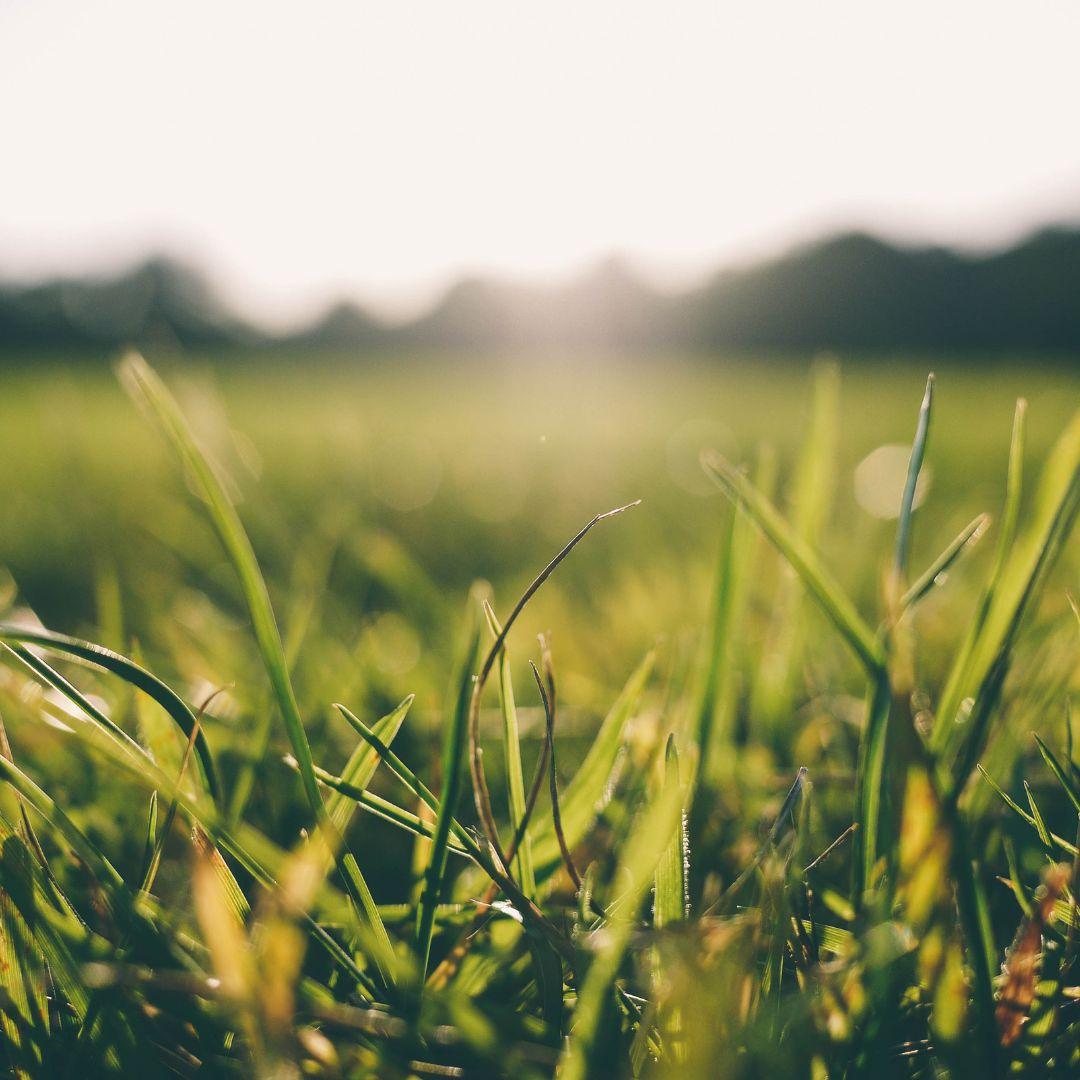 Indiana’s autumn weather is ideal for planting trees, shrubs, and grass seed, especially if you live in the northern part of the state. You’ll want to aim for a time in which temperatures regularly stay between 50 and 60 degrees throughout the day. Usually, mid to late September is just about the perfect time to lay grass seeds, because this timeline ensures that new grass seeds have enough time to develop strong roots.
Indiana’s autumn weather is ideal for planting trees, shrubs, and grass seed, especially if you live in the northern part of the state. You’ll want to aim for a time in which temperatures regularly stay between 50 and 60 degrees throughout the day. Usually, mid to late September is just about the perfect time to lay grass seeds, because this timeline ensures that new grass seeds have enough time to develop strong roots.
Giving grass seeds enough time to root into the ground promotes a resilient landscape that can hold up against the warmth of Spring and the heat of Summer.
When planting grass in the fall, though, be sure that you’re working with seeds that do well in cold weather. This might include perennial ryegrass, Kentucky bluegrass, and fescue, to name a few. Each of these grass types is hearty and resilient against the dropping temperatures that follow their planting.
If you want to plant trees during fall, you might want to consider maple trees (some types are winter-safe), spruce, pine, sycamore, crabapple, and hackberry.
Forsythia, laurel, and elderberry bushes are quite durable as well, and they’re resistant enough to frost that they won’t need a lot of maintenance when it gets cold.
Fall Vegetables in Indiana
Believe it or not, there are also vegetables you can start during the fall season, though planting vegetables early to mid-fall is a better option than planting just before winter.
If you’d like to try your hand at fall vegetable planting, try some of these hearty items.
- Kale
- Cabbage
- Collards
- Green Onion
- Turnips
- Spinach
- Radishes
- Broccoli
- Brussels Sprouts
Though fall planting should be done in the earlier weeks of fall, these vegetables stand up quite well against cold weather and frost. If you started planting late and you’re looking for ways to protect your vegetables from winter weather, small hoop houses or makeshift plastic domes are worth considering.
Additionally, if you have your heart set on planting vegetables (or fruits) in the fall, avoid cucumbers, tomatoes, beans, peppers, okra, and watermelon, as they’re sensitive to cold and can become damaged or die when exposed to even a light frost.
What NOT to Plant
Some grass seeds and tree saplings are great for the Indiana fall landscape and some are not. To make the best investment of the time and money you spend working in your yard this fall, there are a few items you’ll want to avoid planting during the colder months.
Not all grass seeds are created equal, and the ones intended for warmer seasons are not the best choice for fall planting. Bermuda, Centipede, and Bahai grasses, for example, are better for spring planting, as they can die quite easily when temperatures start to drop.
When it comes to shrubs and trees, avoid planting magnolias, dogwood, birch, oak, red maple, cherry, and plum. Each of these plant types are either sensitive to cold or takes too long to establish roots. However, if you want to take advantage of a nursery clearance sale, you might consider starting your tree and shrub saplings in a well-insulated garage or shed so long as the area gets decent access to sunlight (via windows).
Fall Planting Tips
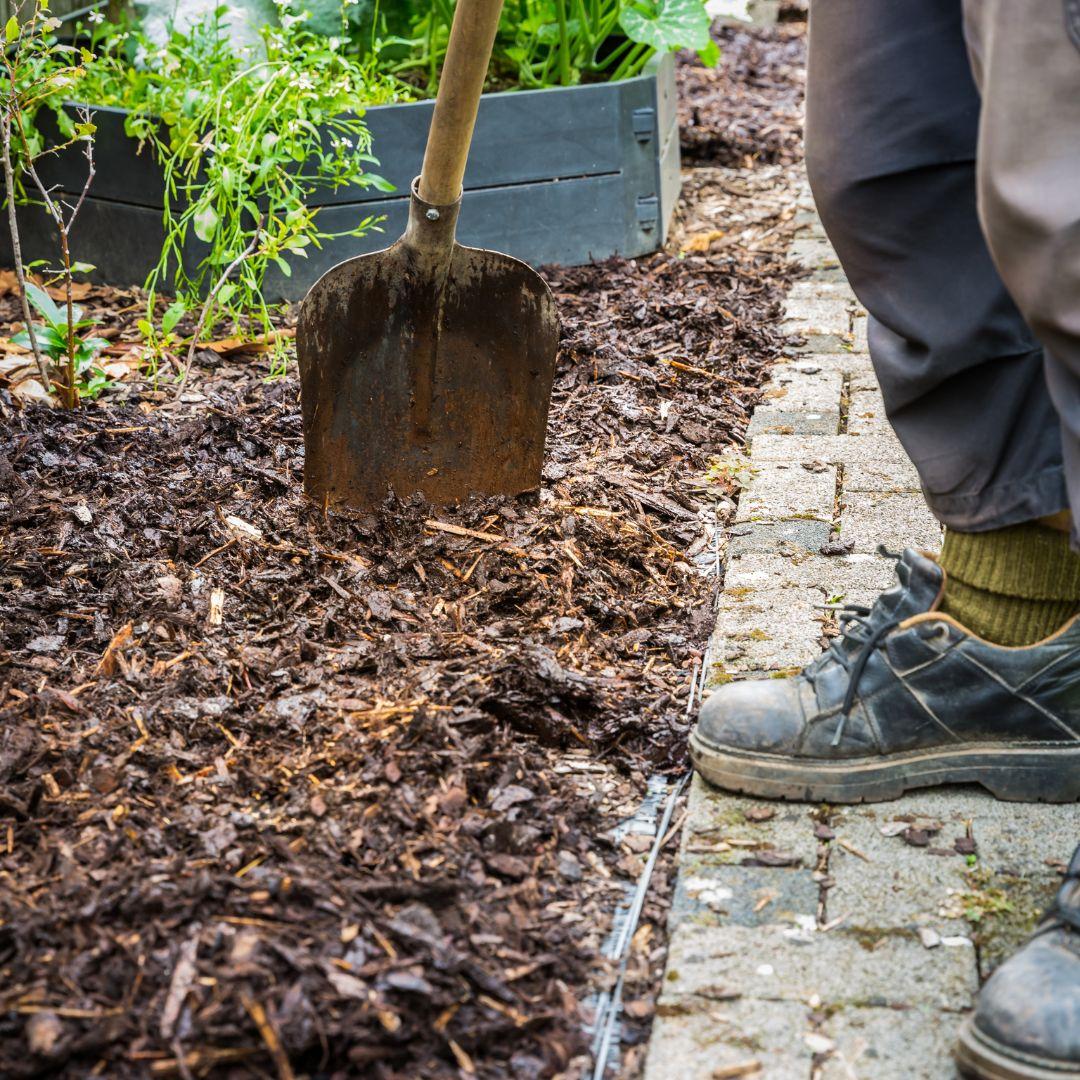 Whether you’re planting grass, trees, shrubs, or even some vegetable types in the fall, or you just want to prepare your existing landscape for cold weather, we have a few tips for you.
Whether you’re planting grass, trees, shrubs, or even some vegetable types in the fall, or you just want to prepare your existing landscape for cold weather, we have a few tips for you.
Before you insulate your plant beds, add a layer of compost to the soil. If you’ve been keeping a compost heap during the warmer months, it should be ready to use. Apply an even layer of compost, then prepare to insulate.
To give your fall landscape the best protection possible, use mulch. Not only will mulch prevent the growth of weeds during the winter, but it will also stabilize the temperatures in the ground and prevent heaving. Mulch is also a good protector against the rays of the sun, which can interfere with a plant’s dormancy.
Use mulch that allows enough airflow and water to pass during winter preparation, but ensure that you’re using a mulch product that still provides enough warmth and insulation.
Fall Landscaping Checklist
On top of sheet composting and mulching, there are a few additional steps you might want to take when performing fall landscaping. Whether your plants are brand-new, or you’re maintaining your existing trees, shrubs, and grasses, try the following:
- Prune your trees and shrubs to get rid of unnecessary weight and help your plants maintain a healthy root system all season long.
- Provide younger, smaller trees with support by attaching temporary rope or cable, which will keep them from falling over due to wind and snow.
- Build temporary A-frame shelters over your shrubs to prevent snow buildup, which can break twigs and branches, or collect on top of the root system. Plus, a shelter over your shrubs can help keep compost and mulch in place.
- Remove dead plants or debris from your yard (with the exception of fallen leaves if you’re using them for insulation). Dead plants and plant debris become a breeding ground for parasites, so to avoid dealing with bugs during spring, try this proactive approach.
- Continue to water appropriately until the ground freezes.
By following a few simple steps when it comes to maintaining your Indiana fall landscape, you can make use of late-season planting and get ahead of the work you’ll otherwise be doing once spring arrives. If you’d like help choosing the best mulch for your yard, reach out to McCarty Mulch & Stone. As experts in the field, our team can point you in the right direction.
